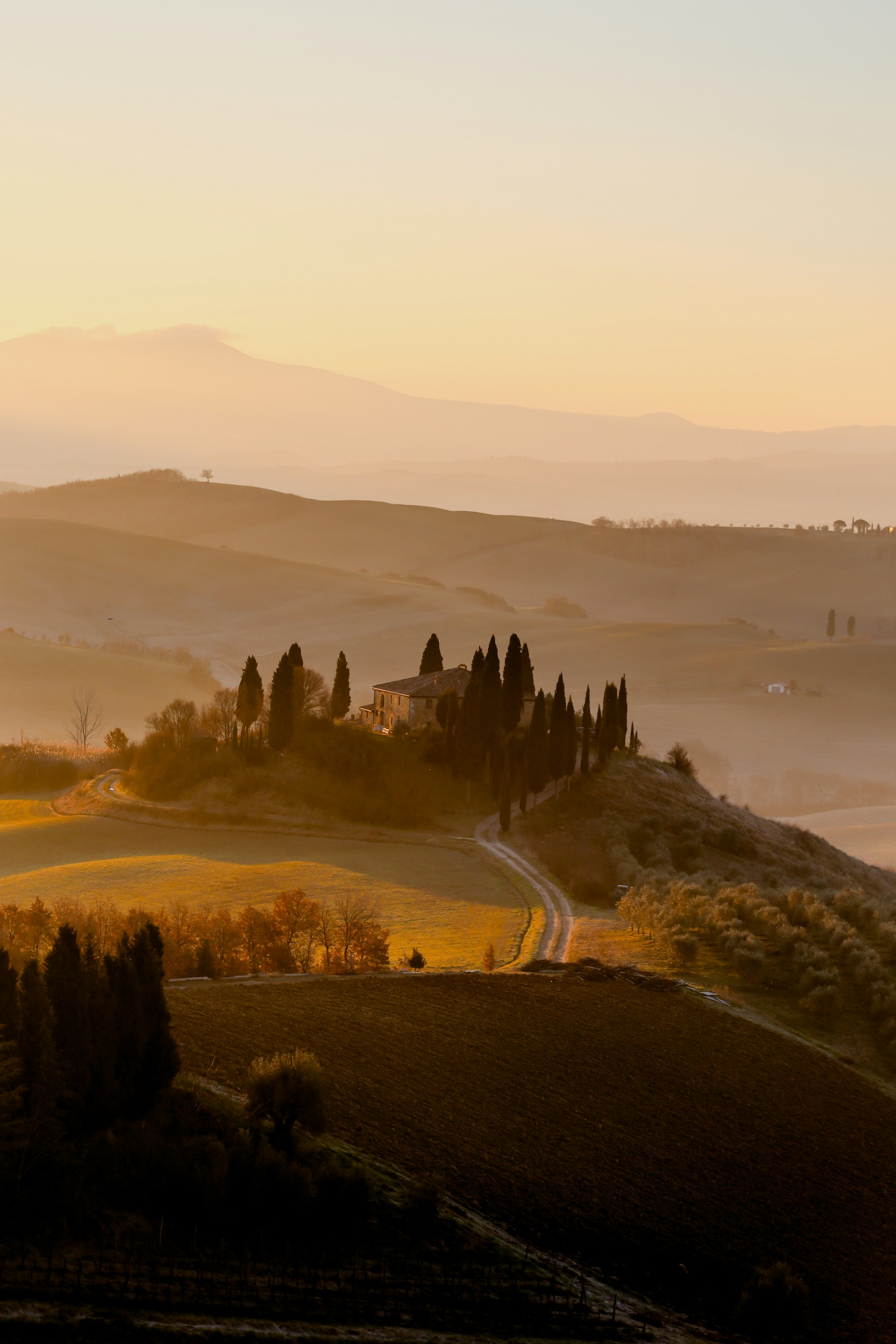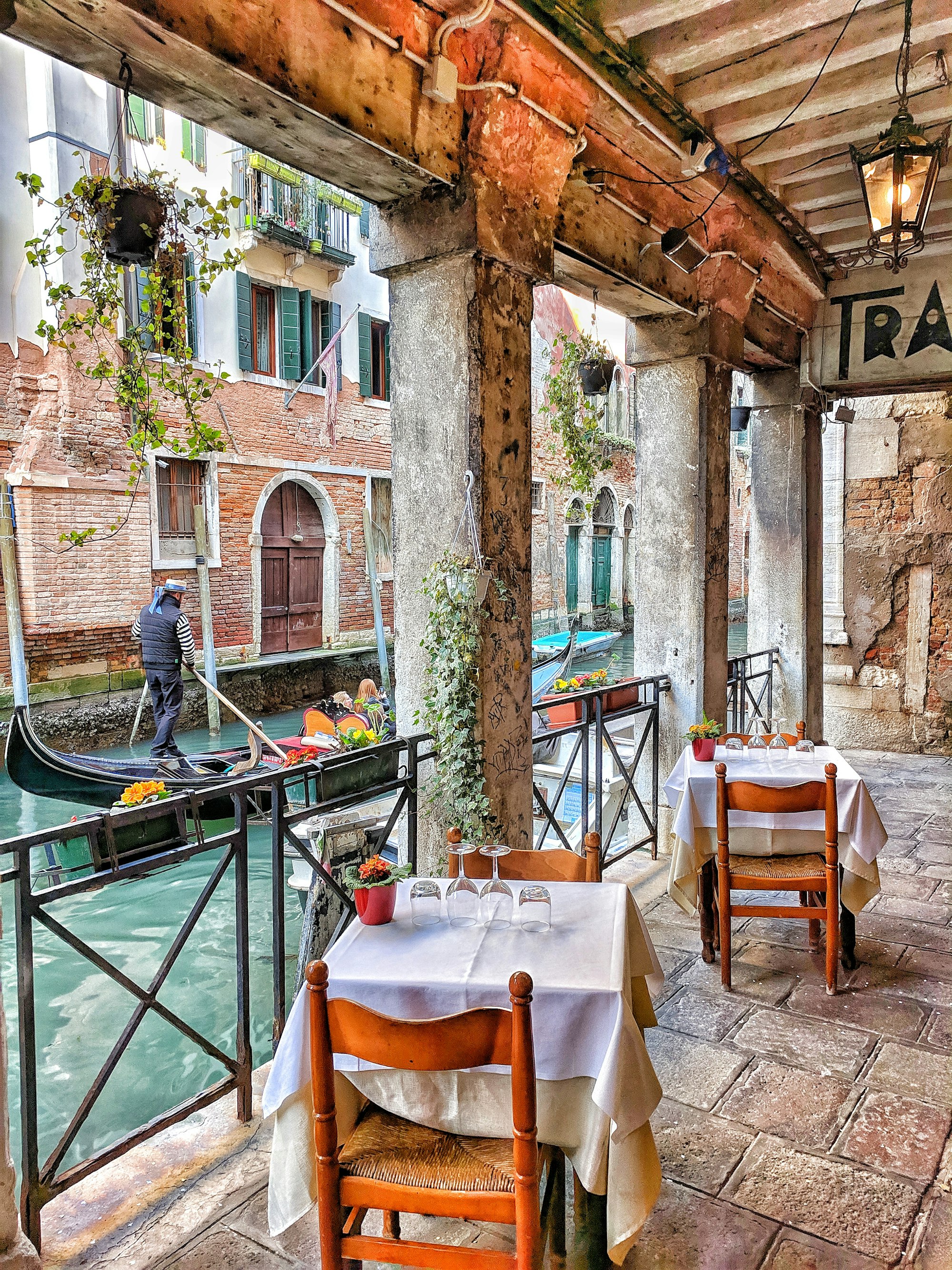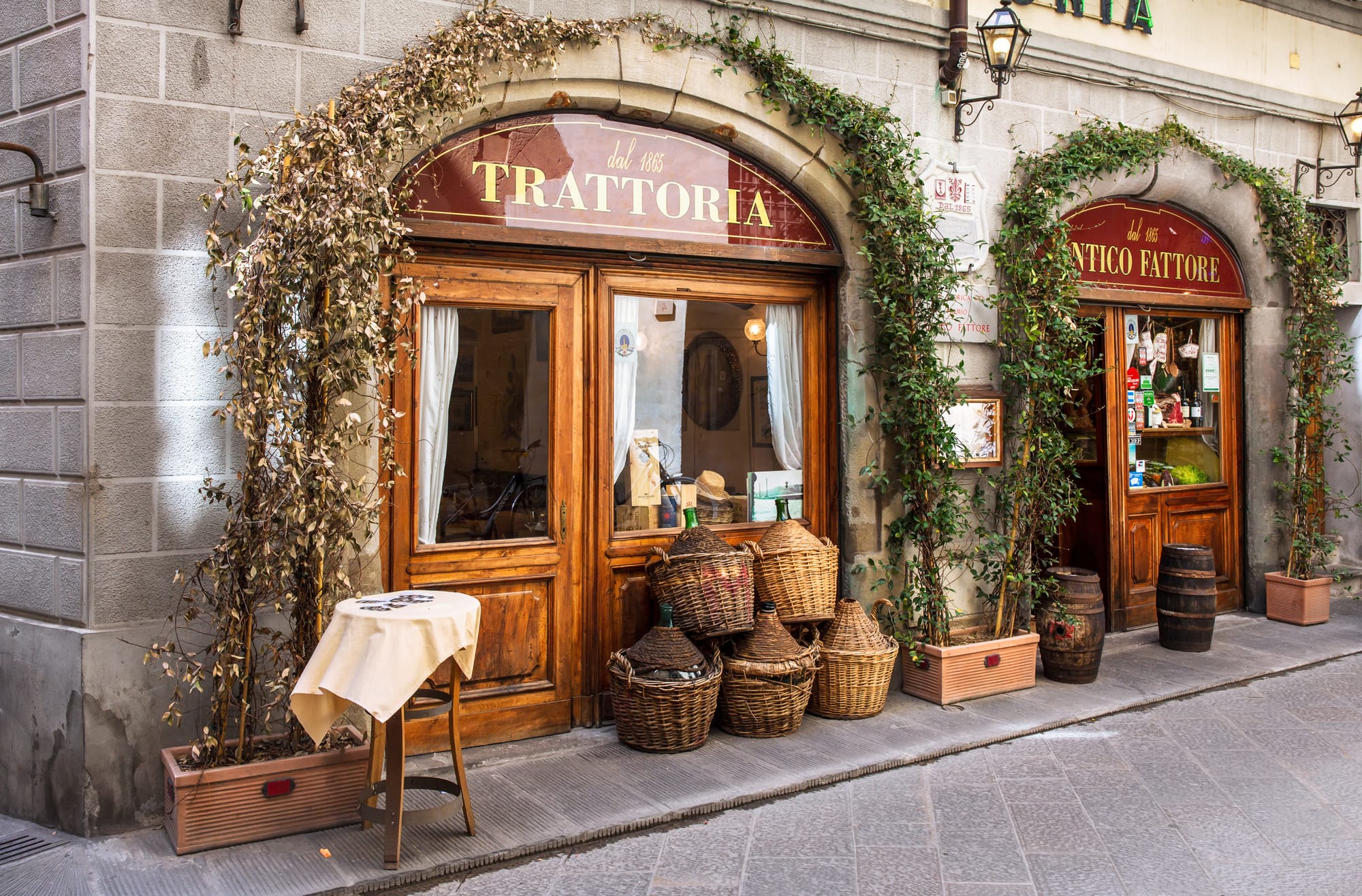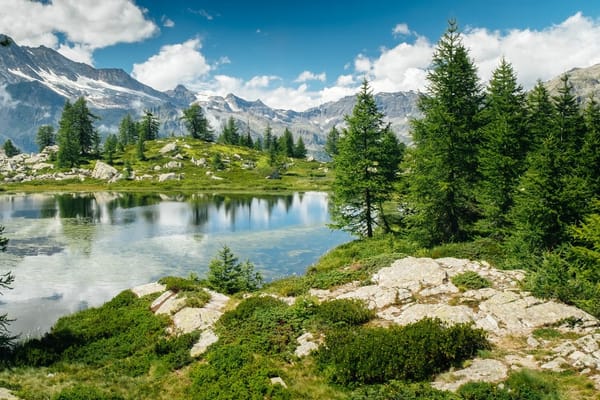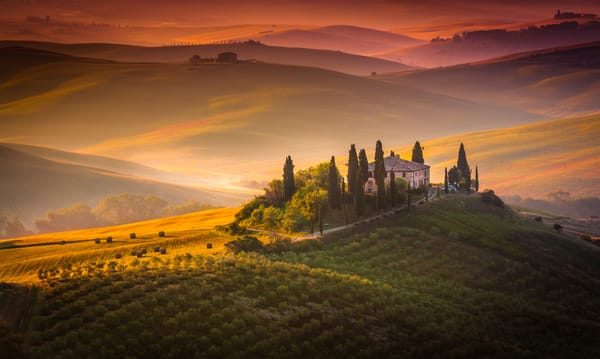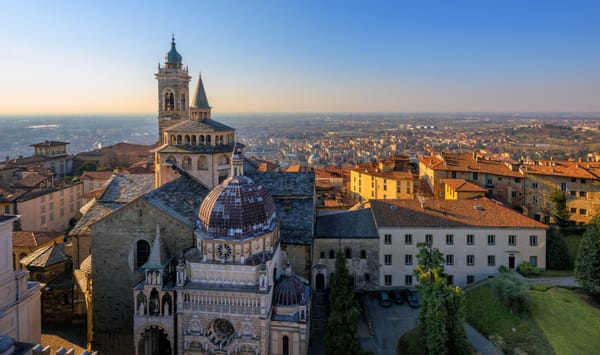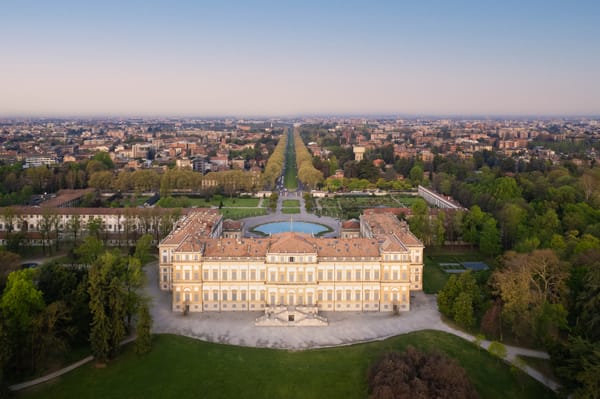Italy, often called the Bel Paese (the Beautiful Country), is a nation that resonates with a profound sense of history, culture, and beauty. For the first-time visitor, it presents a dazzling mosaic of experiences, a place where every cobblestone street, every shared meal, and every ancient ruin tells a story. To truly understand Italy is to look beyond the surface of its most famous icons and appreciate the deep, interconnected roots of its global influence. From the seismic shifts in Western art and civilization to the simple, daily rituals that define la dolce vita, Italy's legacy is a rich tapestry woven from threads of genius, passion, and an unwavering dedication to beauty and quality.
This guide delves into the essence of Italy, exploring the pillars of its identity. It is a journey through the flavors of its world-renowned cuisine, the genius of its artistic and architectural masterpieces, the echoes of its monumental history, and the vibrant pulse of its modern life.
- Understanding these elements is the key to transforming a simple vacation into an authentic cultural immersion → Discover the "Best attractions of Italy: a guide to its iconic and authentic sights"
A culinary philosophy: the art of Italian food
Italian cuisine is a global phenomenon, but what the world often experiences is just a glimpse of its true depth and diversity. The nation’s culinary identity is fiercely regional, built on a philosophy of simplicity, the quality of local ingredients, and time-honored traditions passed down through generations. To speak of "Italian food" is to speak of twenty distinct culinary worlds, each with its own unique pantry of ingredients and signature dishes.
- To fully grasp this gastronomic philosophy, it is essential to explore the identities of its territories → A journey detailed in our guide "A food lover's guide to Italy's 20 regions"
Beyond pasta and pizza: a regional gastronomic tour
While pasta is a unifying element, its forms and preparations vary dramatically from north to south. In the north, especially in Emilia-Romagna, rich egg-based pastas like tagliatelle, tortellini, and lasagne reign supreme, often served with hearty meat ragùs or creamy sauces. This is the land of Prosciutto di Parma, Parmigiano Reggiano, and traditional balsamic vinegar from Modena—products protected by strict DOP (Protected Designation of Origin) certifications that guarantee their authenticity and quality.
Central Italy, including Tuscany and Umbria, offers a more rustic, earthy cuisine. Here, the focus is on high-quality olive oil, legumes, seasonal vegetables, and grilled meats. Dishes like Bistecca alla Fiorentina (Florentine steak) and simple bean soups like ribollita showcase the "cucina povera" (poor cooking) tradition, which masterfully transforms humble ingredients into sublime dishes.
Southern Italy, with its sun-drenched landscapes, presents a cuisine that is vibrant and bold. In Campania, the birthplace of pizza, the focus is on fresh seafood, ripe tomatoes, and fragrant herbs. The iconic Pizza Napoletana, with its soft, chewy crust, is a UNESCO Intangible Cultural Heritage of Humanity. Further south, in Sicily, the culinary traditions bear the marks of Arab and Greek influences, with dishes featuring citrus, sardines, pistachios, and saffron.
The culture of wine and coffee
Wine is intrinsic to Italian life and has been produced on the peninsula for over 4,000 years. Italy is home to hundreds of native grape varietals, resulting in an astonishing diversity of wines. From the robust Barolo and Barbaresco of Piedmont to the celebrated Chianti Classico of Tuscany and the volcanic wines of Mount Etna in Sicily, there is a wine for every palate and occasion. Visiting a local enoteca (wine bar) is an essential part of understanding the deep connection between territory, food, and wine.
Equally important is the ritual of coffee. The Italian coffee bar is a social institution. An espresso, consumed quickly while standing at the counter, is a punctuation mark in the day. While cappuccinos and other milk-based coffees are strictly a morning affair, the intense, aromatic shot of espresso is enjoyed at any hour, a small but vital part of the daily rhythm.
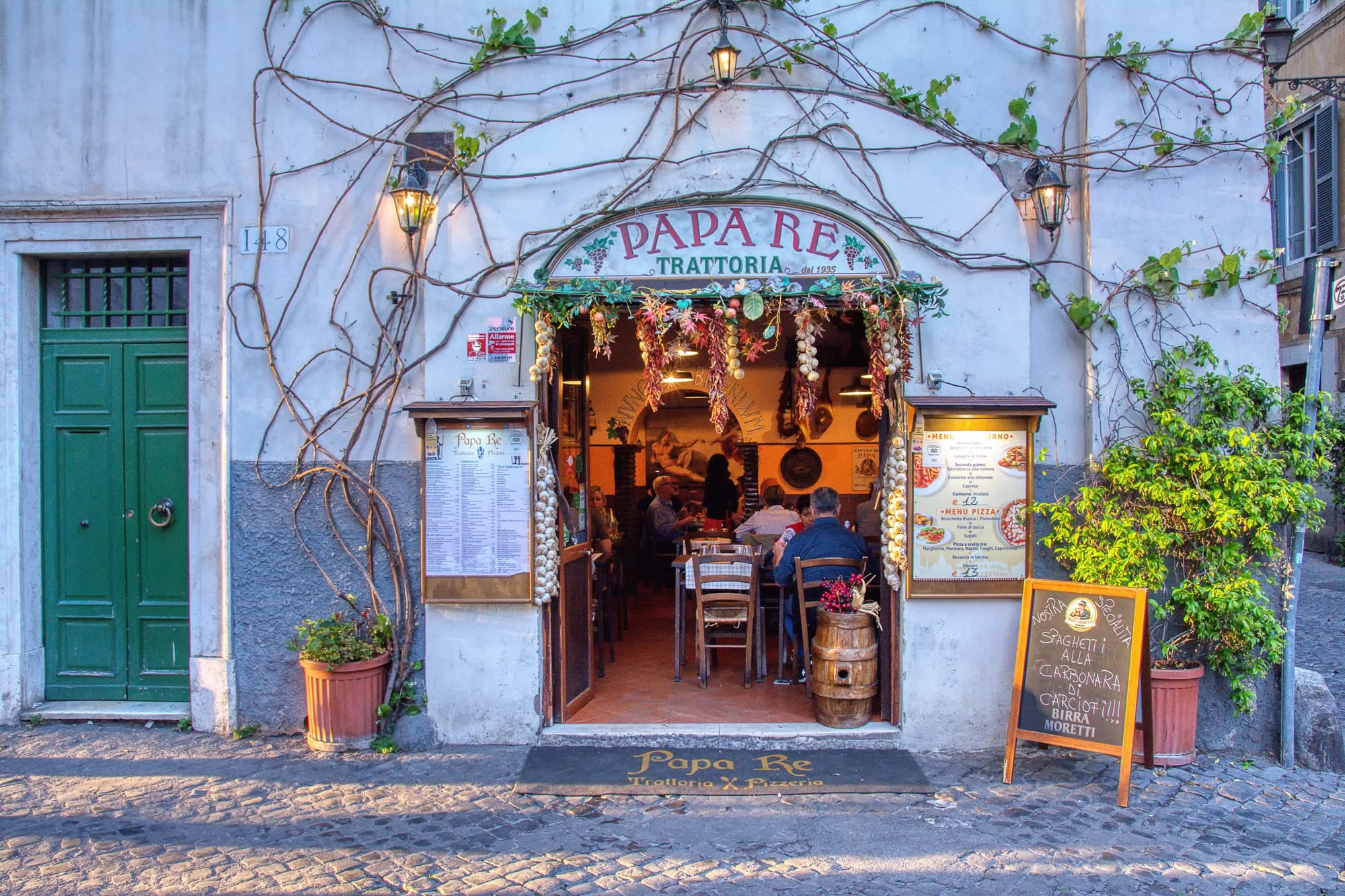
Echoes of genius: art, architecture, and history
Italy's contribution to the arc of Western civilization is immeasurable. Its landscapes are dotted with the monumental remnants of empires and the exquisite masterpieces of artistic movements that forever changed the way the world sees and thinks. The country holds the record for the most UNESCO World Heritage sites, a testament to its unparalleled cultural wealth.
The foundations of the Roman Empire
The legacy of the Roman Empire is the bedrock of Western society. Its innovations in law, governance, engineering, and architecture are still palpable today. Walking through Rome is a journey back in time, where the majestic Colosseum, the sprawling Roman Forum, and the architectural marvel of the Pantheon stand as powerful symbols of a civilization that once ruled the known world. The Romans were masters of infrastructure, and their aqueducts, roads, and bridges laid the groundwork for modern Europe.
- Walking among its ancient ruins is an experience that transports travelers back in time → A journey best approached with our "The ultimate guide to Rome: what to see, do and know"
The Renaissance: a rebirth of humanism and art
Out of the medieval period, Italy, and particularly Florence, became the cradle of the Renaissance. This "rebirth" was a fervent period of cultural, artistic, and intellectual explosion that placed humanity at the center of the universe. It was the era of giants. Leonardo da Vinci, the ultimate Renaissance man, merged science and art in works like the Mona Lisa and The Last Supper. Michelangelo's breathtaking frescoes in the Sistine Chapel and his powerful sculpture of David represent the pinnacle of human artistic achievement. In architecture, Filippo Brunelleschi's revolutionary dome for the Florence Cathedral defied the conventions of his time and remains an icon of ingenuity. This period's focus on perspective, anatomy, and classical ideals redefined art forever.
- The epicenter of this cultural rebirth was a single Tuscan city → whose treasures and history are unveiled in our: "The ultimate guide to Florence: what to see, do and know"
Architectural grandeur through the ages
Beyond the Renaissance, Italy's architectural landscape is a rich tapestry of styles. From the Byzantine mosaics of Ravenna and the Romanesque cathedrals of Pisa and Milan to the ornate Baroque fountains and churches of Rome and Lecce, every era has left its indelible mark. Cities like Venice, a unique maritime republic built on water, and Siena, with its perfectly preserved medieval cityscape, are architectural marvels in their entirety.
- The country's artistic heritage is so vast that it has given rise to an incredible constellation of unique urban centers → Discover more with our "The best Art Cities in Italy: a cultural traveler’s guide"
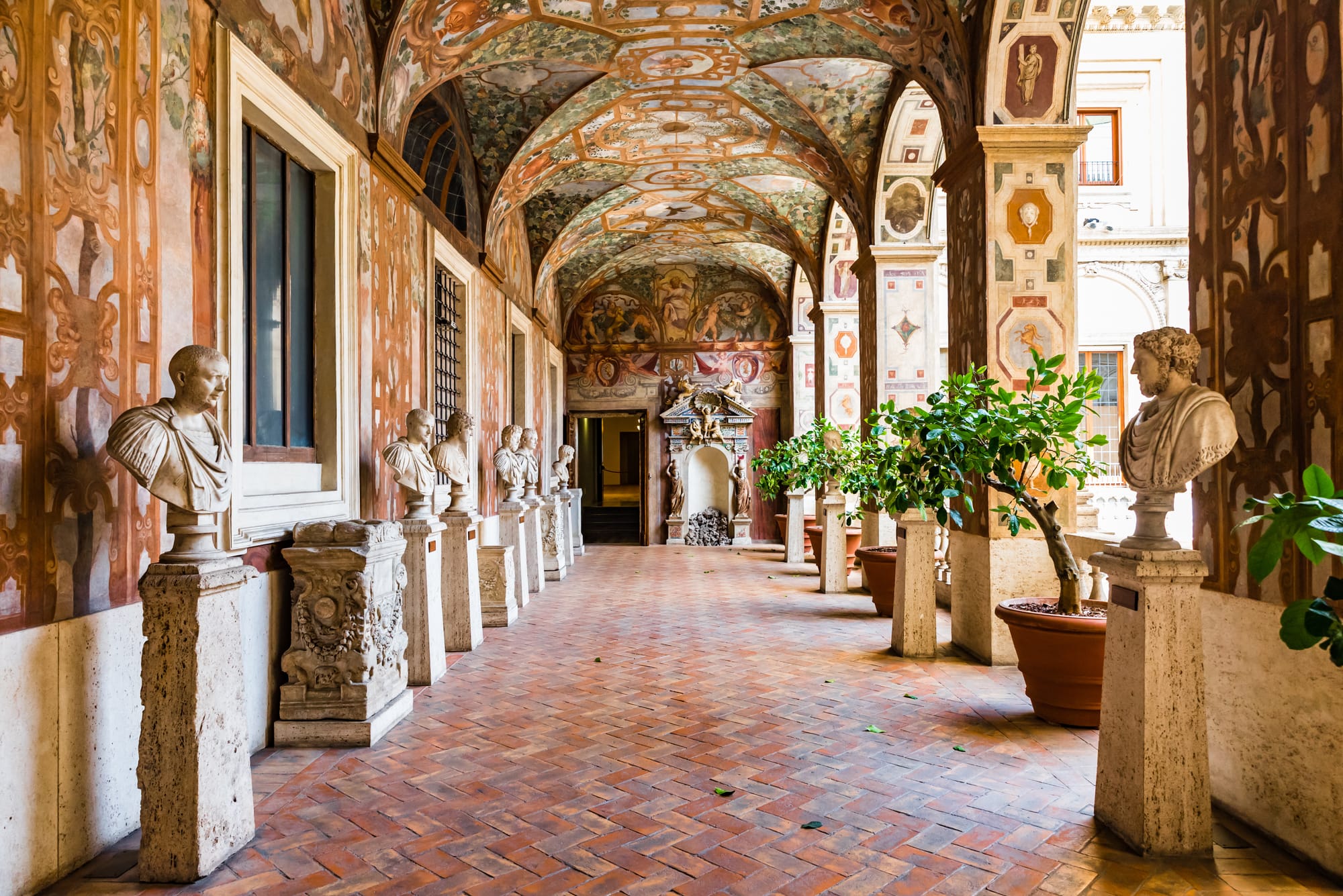
The "Made in Italy" mark: fashion, design, and craftsmanship
In the modern era, Italy's creative genius has found new expression in fashion, design, and high-end manufacturing. The "Made in Italy" label is not just a geographical indicator; it is a global synonym for superior quality, impeccable craftsmanship, and timeless style.
Milan: the capital of fashion
Milan is one of the "big four" global fashion capitals, alongside Paris, London, and New York. It is the headquarters of legendary fashion houses such as Prada, Armani, Versace, and Dolce & Gabbana. Milan Fashion Week is a semi-annual event that sets trends for the entire world. The Italian approach to fashion is characterized by a deep appreciation for luxurious materials, meticulous tailoring, and a sense of effortless elegance known as sprezzatura.
- At the forefront of this global influence is the capital of style → A dynamic metropolis detailed in our complete "The ultimate guide to Milan: what to see, do and know"
From automotive icons to everyday objects
Italian design extends far beyond clothing. The nation is renowned for its automotive excellence, producing some of the most beautiful and sought-after cars in the world. Brands like Ferrari, Lamborghini, and Maserati are icons of performance and design, blending powerful engineering with sculptural beauty. This design sensibility also permeates industrial and interior design. Companies like Alessi have transformed everyday household objects into works of art, while Italian furniture design has consistently been at the forefront of innovation and style.
A land of contrasts: Italy's diverse landscapes
Italy's geography is as varied and captivating as its culture. From snow-capped alpine peaks to sun-baked islands, the natural beauty of the Bel Paese provides a stunning backdrop for any journey. This diversity has shaped the country's regional identities, traditions, and even its cuisines.
The majestic north
The north is framed by the soaring peaks of the Alps and the dramatic, jagged limestone formations of the Dolomites, a UNESCO World Heritage site. This region is a paradise for outdoor enthusiasts, offering world-class skiing in the winter and breathtaking hiking trails in the summer. Nestled at the foot of the Alps are the Italian Lakes—Lake Como, Lake Garda, and Lake Maggiore—whose serene beauty and elegant villas have enchanted travelers for centuries.
The rolling hills and dramatic coastlines of the center
Central Italy is dominated by the gentle, rolling hills of Tuscany and Umbria. This is the quintessential Italian landscape, a patchwork of vineyards, olive groves, and cypress-lined country roads connecting historic hilltop towns. The coastline here is equally stunning. The Cinque Terre, with its five colorful villages clinging to steep cliffs, and the glamorous Amalfi Coast, with its winding roads and breathtaking sea views, are among the most picturesque coastal landscapes in the world.
The sun-drenched south and its islands
Southern Italy and its islands offer a wilder, more rugged beauty. The regions of Puglia, with its unique trulli houses and ancient olive trees, and Calabria boast pristine beaches and crystal-clear waters. The two largest islands, Sicily and Sardinia, are worlds unto themselves. Sicily is a land of dramatic contrasts, from the smoldering peak of Mount Etna to the ancient Greek temples of Agrigento. Sardinia is known for its spectacular coastline, the Costa Smeralda, and its fiercely independent culture and ancient traditions.
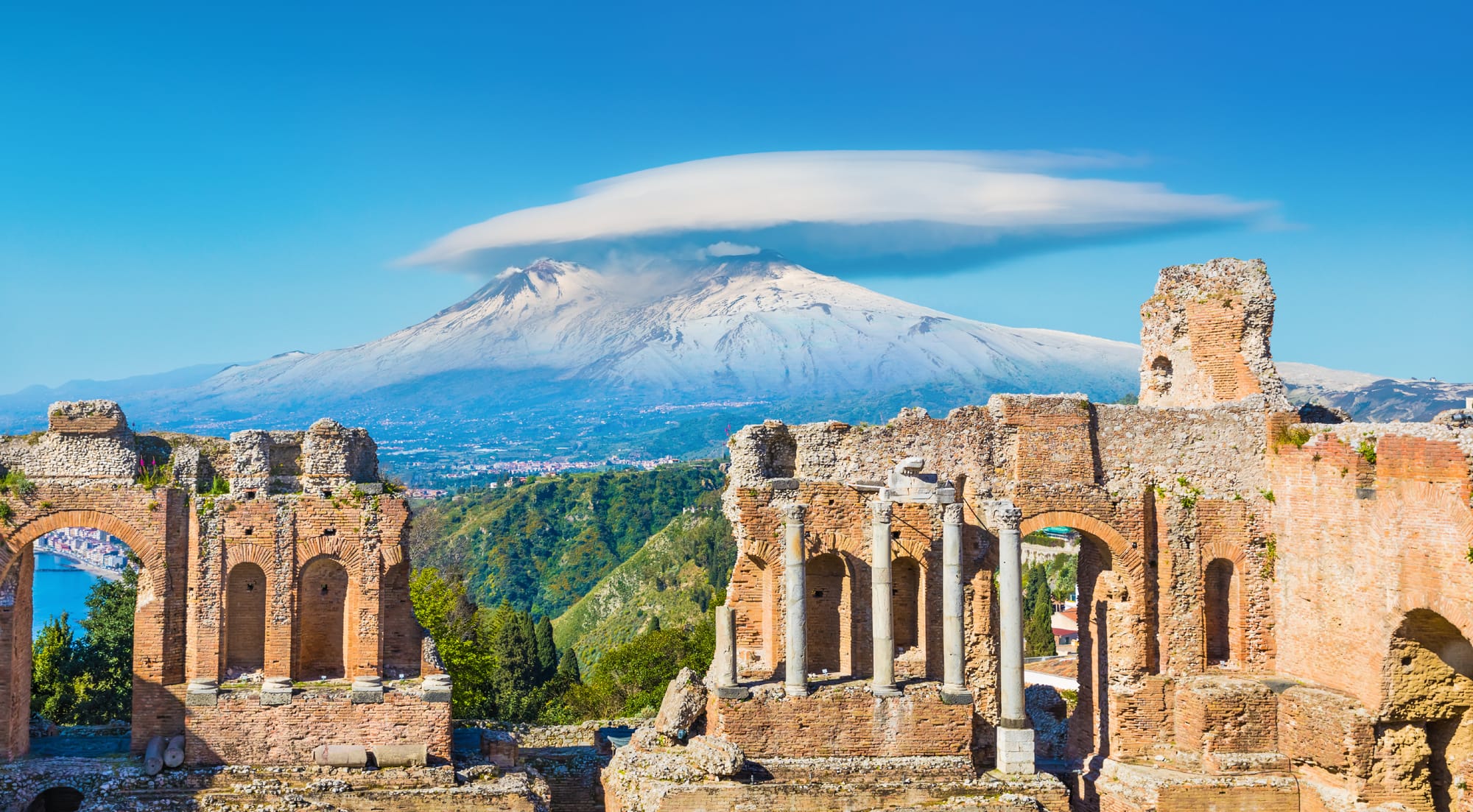
The Italian way of life: culture and traditions
Beyond the tangible monuments and masterpieces, what truly defines Italy is its way of life. It is a culture that values human connection, the pleasure of the moment, and the importance of community and family.
La dolce vita and social rituals
The concept of la dolce vita, or "the sweet life," is an attitude of savoring life's simple pleasures. It is found in the evening ritual of the passeggiata, a leisurely stroll through the town's main streets and piazza. It is embodied in the aperitivo, a pre-dinner drink accompanied by snacks, designed to socialize and whet the appetite. These are not mere habits but cherished social institutions that emphasize connection over consumption.
The centrality of family and community
Family remains the cornerstone of Italian society. Strong multi-generational ties are common, and community life often revolves around the local piazza, which serves as an open-air living room where people of all ages gather. This sense of belonging is also evident in the fierce loyalty to one's local town or neighborhood, a sentiment known as campanilismo.
In conclusion, Italy is not a country to be merely seen; it is a country to be experienced with all the senses. It is a place where thousands of years of history are alive in the present, where art is not confined to museums but is part of the very fabric of life, and where the simple act of sharing a meal can be a profound expression of culture. A journey here is an invitation to slow down, to look closer, and to discover the extraordinary beauty that lies in both the monumental and the everyday. Planning a tour through this remarkable land is to orchestrate a journey through the very soul of Western culture.
Transforming this wealth of inspiration into a personalized itinerary is the next step → The ideal place to begin that process is our "Start Here"
Explore Italy in greater depth and discover the full range of experiences the Bel Paese has to offer with our comprehensive guides.
